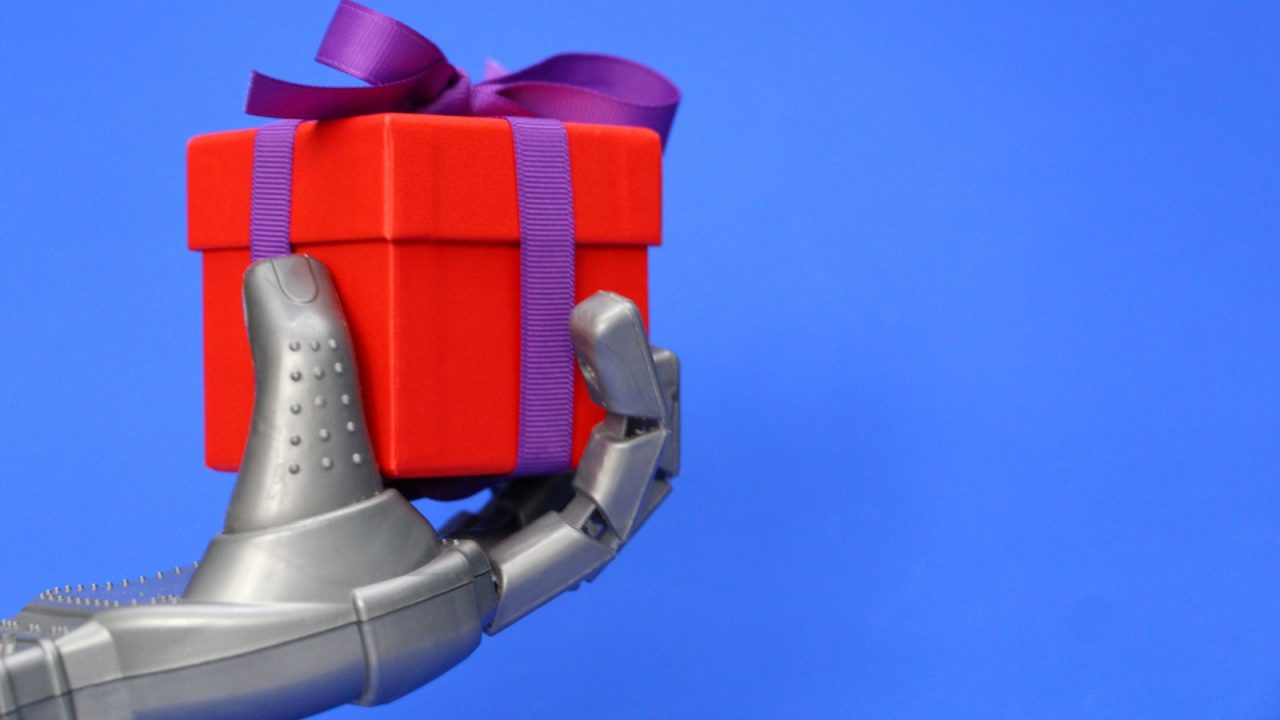While weather is completely out of a contractor’s control, advances in technology have allowed inclement conditions to be better predicted—increasing worker safety, improving productivity and driving profitability. In an industry that is always on the go, companies adopting innovative technology early on can create more effective and efficient workplaces and jobsites.
Both skilled and unskilled workers engage in a number of activities that put them at risk of injury and expose them to serious hazards even before factoring in dangerous weather conditions. Safety incidents or onsite injuries should never be a factor in finishing a project on time. When working outdoors, supervisors should continuously monitor weather conditions to keep their crews safe.
Each season brings different weather patterns and various conditions—extreme heat, snow, ice, rain and lightning—that not only impact machinery and building materials, but also worker safety and productivity. As contractors are aware, pulling a crew due to inclement weather equals lost time and money. Inclement weather can halt a project’s progress and put it behind schedule.
Also, if a crew member is injured because of weather, teams may be left shorthanded and struggle to complete projects on time. On the flip side, crews operating at full strength are more productive and can deliver projects sooner, allowing owners to generate revenue faster.
One of the most dangerous weather hazards is also one of the most difficult to predict. Lightning strikes about 25 million times per year in the United States and killed 38 people last year, including at least two construction workers. Lightning safety should be taken more seriously by the entire industry, especially foremen, supervisors and project managers. For more information on how to stay safe from lightning on the job, Google the lightning safety fact sheet from OSHA and the National Oceanic and Atmospheric Association.
Local conditions can change rapidly, and the ability to measure the weather immediately at the project location has become increasingly important as regional data is measured by satellites and weather stations that cannot always accurately divulge an exact location’s weather information. Fortunately, technological advances in weather monitoring have allowed for the creation of rugged handheld devices that not only provide accurate weather information right where a contractor is working, but also detect lightning strikes before hazardous weather poses worker safety issues on the jobsite (up to 40 miles away).
Weather changes rapidly, and inclement conditions can’t be avoided or prevented. However, in most cases, bad weather can be measured so contractors are more knowledgeable about how to manage their projects when it hits. If a jobsite could be impacted by adverse weather conditions, take precautions to protect equipment, materials and, most importantly, workers.
Michael Lands is founder and president of INO Technologies. For more information, visit inotechnologies.com.







